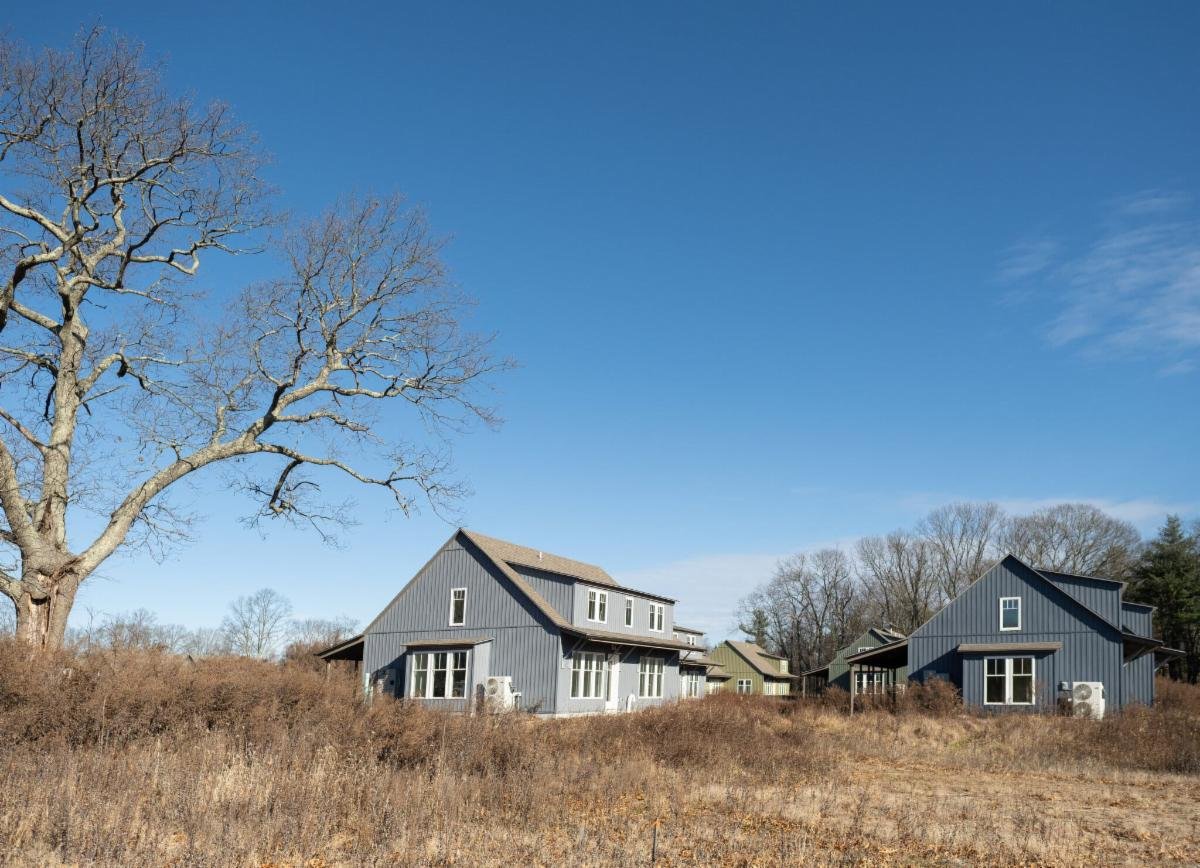Shifting Modus Operandi
I thought about retiring at the start of pandemic, but somehow, I found myself continuing to work on a dozen cohousing communities and other projects since then. I’m convinced now that what I meant and still want to do is to repurpose, not retire.
Instead of doing the full working drawings and the full construction administration for new cohousing communities, I found that the experience we have makes it easy to do new cohousing communities expeditiously and affordably if we just do design criteria and schematic design with the group.
We just finished a Design Criteria and Schematic Design for a new community in 6 weeks, when they had been working on that project for 8 years. We have also designed a new school and a new community for the Chickahominy tribe in Virginia in 6 weeks and a new homeless project in just a couple of weeks.
When Frank Lloyd Wright was interviewed by Michael Wallace about why he didn’t retire at the age of 87, FLW replied “now when I shake my arm, building designs just cascade from my sleeves.” Of course, many cartoons of that ensued. I am not saying that I am Frank Lloyd Wright, but I have learned that after 55 projects, that experience means a lot—at least many lessons have been learned, especially how to make a community work optimally, how to do it most affordably, and without delay
(see Chapter 13 & 14 of Cohousing Communities: Designing for High-Functioning Neighborhoods)




















